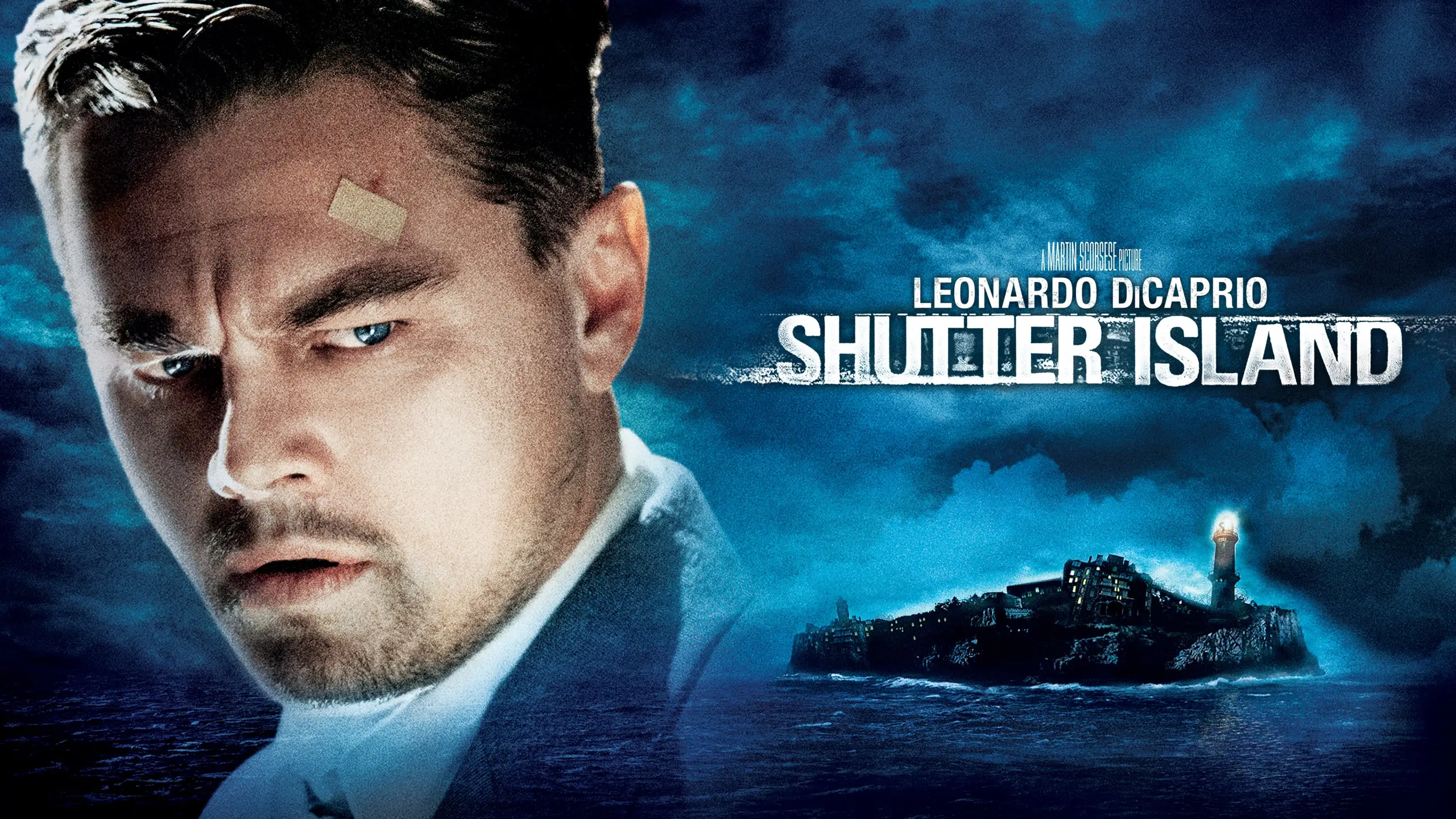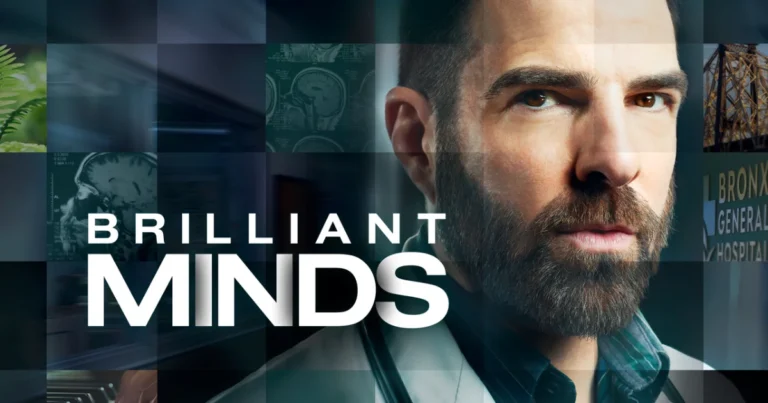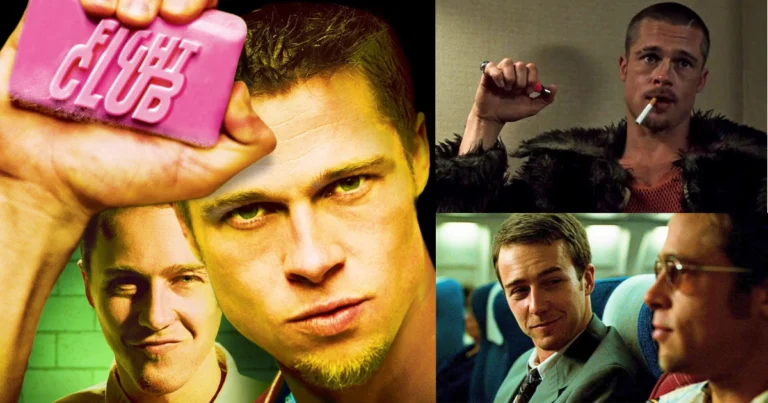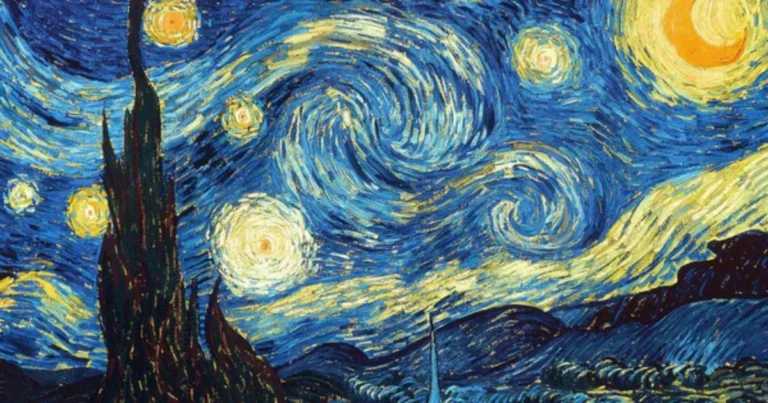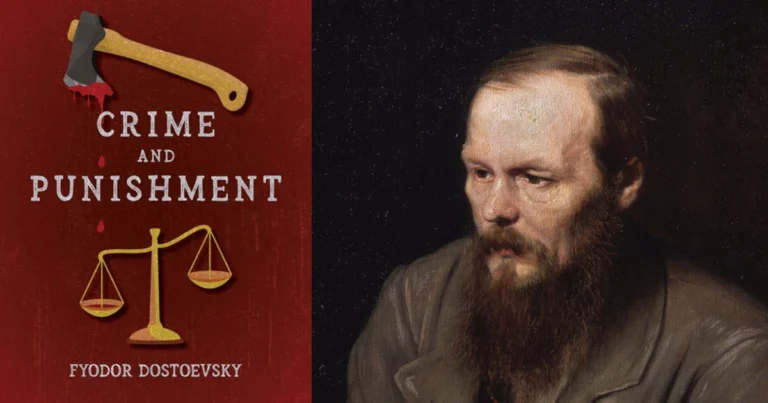Within the maze: Unraveling the psychological depths of Shutter Island
Watching Shutter Island for the first time transports you into a world where every scene raises questions, and where reality seems to unravel as the story progresses. This masterpiece by Martin Scorsese is more than just a gripping thriller; it is also a deep exploration of trauma, illusion, and the complexities of the human mind. In this article, we will examine the psychological and artistic elements of the film to better understand why it continues to fascinate both audiences and critics.
Tracing the roots: The cultural landscape that shaped shutter island
Released in 2010, Shutter Island emerged during a period marked by a renewed enthusiasm for psychological thrillers, propelled by the success of earlier films such as Memento (2000) and Fight Club (1999). At the turn of the 2000s, moviegoers were increasingly drawn to narratives that challenge their perception of reality, reflecting a growing desire to explore the depths of the human psyche and the blurred boundaries between fact and illusion. Martin Scorsese, already acclaimed for his work across multiple genres, embraced this fascination by revisiting the classic hallmarks of film noir and the thriller, while also drawing on the collective anxieties of the postwar era—invoking the psychological trauma suffered by veterans and the controversial psychiatric experiments of the 1950s. In this way, Shutter Island stands at the intersection of a genre-based cinematic tradition and a more philosophical exploration of identity and memory.
Within the 2000s cinematic landscape, psychological thrillers surged in popularity, captivating audiences with multilayered storytelling and unexpected endings that demanded deep reflection and discussion.
Scorsese met these expectations by skillfully blurring viewers’ sense of certainty and taking advantage of new technological advancements in visual and sound effects, creating an oppressive, labyrinthine environment where every fog-shrouded landscape and foreboding architectural detail heightened the prevailing sense of unease. His artistic approach—a genuine lesson in filmmaking—relies heavily on color and lighting, with warm and cool tones mirroring the protagonist’s emotional states, and on an unsettling soundtrack that interweaves classical and contemporary pieces, amplifying feelings of imminent danger and disorientation. Symbolic elements, such as the recurring presence of water, allude to trauma and the subconscious—key themes in Freudian psychoanalysis—and reinforce the film’s profound examination of guilt, denial, and madness. Through this cohesive artistic lens, Scorsese not only tells a gripping story but also immerses viewers in an introspective journey, where every visual and auditory element supports a deep exploration of the human mind.
Behind the eyes: Peering into the unconscious drives of shutter island’s characters
From a psychoanalytic perspective, Shutter Island delves into the unconscious drives of its central characters by depicting defense mechanisms, symbolic imagery, and gradual revelations. Teddy Daniels, portrayed by Leonardo DiCaprio, is a deeply troubled individual whose pursuit of justice for a heinous crime stems from profound guilt and a deep-seated denial of his own role in traumatic past events. His hallucinations and episodes of dissociation serve as defense mechanisms that momentarily shield him from an unbearable reality lurking in his subconscious, fueled by unresolved grief that underpins his psychological fragility. Overseeing Teddy’s journey is Dr. Cawley, a complex authority figure whose outward compassion cloaks a subtle yet exacting form of manipulation aimed at forcing Teddy to confront his hidden truth. Though his methods appear ruthless, they follow a calculated therapeutic logic intended to provoke a cathartic breakthrough. Meanwhile, Dolores Chanal functions as a haunting, spectral manifestation of Teddy’s trauma and guilt, her transformation from a beloved wife into an emblem of repressed anguish underscoring the potency of buried memories. Appearing in emotionally charged flashbacks, Dolores embodies the repressed fragments of Teddy’s personality, shaping his view of reality even as she remains shrouded in ambiguity. In the end, the film’s exploration of these characters and their interwoven relationships lays bare the depths of the human psyche and the defense mechanisms that govern our uneasy relationship with the truth.
Decoding the clues: The symbols that drive shutter island’s twisted reality
The symbolic elements in Shutter Island reveal a depth that transcends the typical boundaries of a psychological thriller. The film employs recurring imagery and motifs to illuminate the human psyche and the mechanisms of traumatic memory.
The island: A metaphor for an isolated mind
The island itself serves as a striking metaphor for the secluded human psyche, cut off from the outside world and imprisoned by its own internal struggles. It represents the physical boundary between objective reality and subjective illusion, mirroring Teddy’s inner world. This spatial separation reflects Teddy’s fragmented personality, trapped by his own denial. There are clear parallels with other Scorsese works exploring guilt and redemption, where claustrophobic, isolated settings often symbolize a character’s mental state. The island’s remoteness intensifies both tension and the sense of confinement, reinforcing the psychological claustrophobia experienced by the viewer.
Water and fire: Psychological oppositions
The film contrasts water and fire to illustrate the tension between truth and denial. Water, often associated with the subconscious and repressed memories, stands for the trauma and recollections Teddy desperately tries to banish. Repeated images of stormy seas, flooding, or downpours highlight the force of Teddy’s buried memories rising to the surface. Fire, on the other hand, represents denial—the deliberate destruction of memory and the embrace of illusion. Scenes featuring fire, from raging flames to searing artificial lights, underscore Teddy’s attempts to suppress the unbearable reality of his past. This symbolic contrast underscores Teddy’s inner conflict and the clash between truth and denial, a battle waged both physically and psychologically.
The theme of guilt
Guilt is the central theme unifying Shutter Island. It is not simply depicted as a character trait; rather, it drives the action, acting as both the source and the result of Teddy’s psychological unraveling. Guilt permeates the narrative, manifesting in hallucinations, fragmented memories, and Teddy’s inability to find peace. By drawing the viewer into Teddy’s tormented mind, Scorsese forges a profound emotional connection. This is not merely a mystery to be solved; it is a poignant exploration of the repercussions of past deeds and the painful difficulty of confronting one’s own truth. Guilt thus becomes a unifying element, linking the audience to the character’s emotional experience and heightening the impact of the film’s conclusion.
Beyond its 130 minutes, Shutter Island stands as an immersive experience that compels us to question our own perceptions and memories. By examining psychoanalytic themes, Scorsese invites us to reflect on what it truly means to be in control of our mental processes. If you are seeking a film that challenges your intellect while delivering an unforgettable visual spectacle, Shutter Island is not to be missed.
References

Amine Lahhab
Television Director
Master’s Degree in Directing, École Supérieure de l’Audiovisuel (ESAV), University of Toulouse
Bachelor’s Degree in History, Hassan II University, Casablanca
DEUG in Philosophy, Hassan II University, Casablanca

